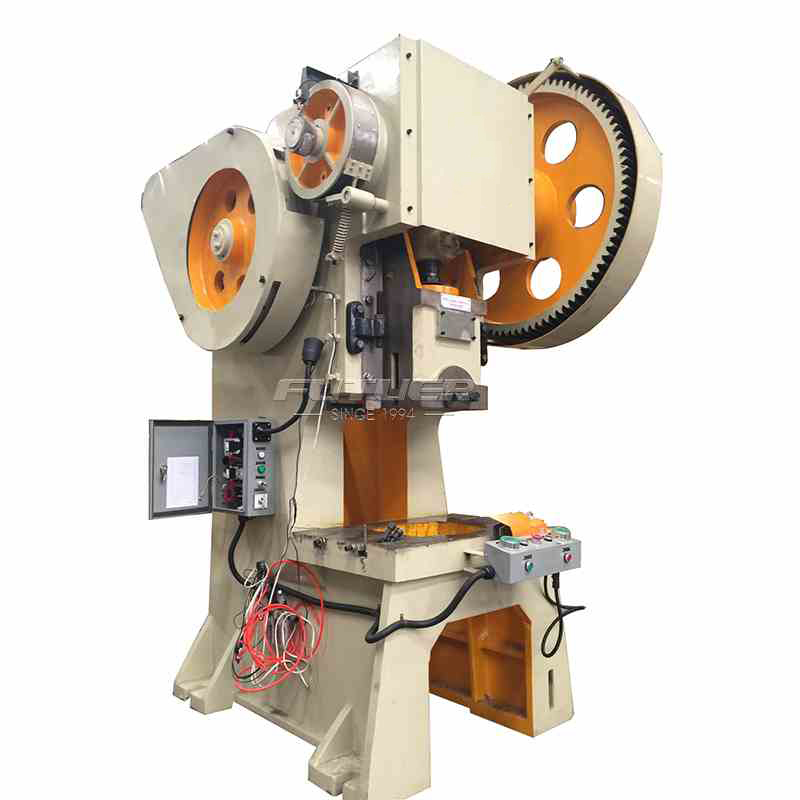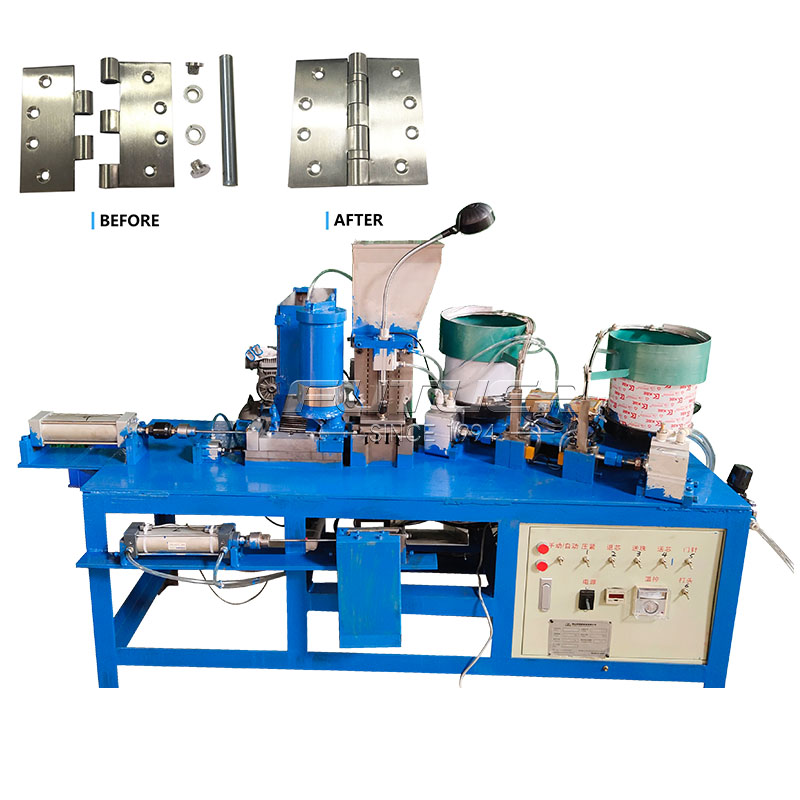The hum of industry often involves complex machinery that serves to streamline processes and enhance efficiency. In the realm of metalworking and manufacturing, the hinge feeding straightening machine stands as a testament to innovation and precision. Let's delve into the intricacies of this remarkable apparatus.
All About Hinge Feeding Straightening Machine
At its core, a hinge feeding straightening machine is a specialized equipment designed for straightening metal components with precision. It integrates sophisticated mechanisms to manipulate the material while maintaining its structural integrity.
The significance of hinge feeding straightening machines lies in their ability to rectify deformities and imperfections in metal components, ensuring they meet stringent quality standards. These machines find extensive applications across various industries, including automotive, aerospace, and construction.
Operating Principles
Hinge Feeding Process: The hinge feeding process initiates with the loading of the metal component onto the machine's conveyor or feeding mechanism. As the material advances, it undergoes controlled manipulation, guided by the hinge mechanism, to ensure smooth and uniform movement.
Straightening Process: Upon entering the straightening section, the metal component encounters the exertion of forces from the straightening mechanism. This stage involves precise adjustments to the material's shape, correcting any deviations or distortions present. The effectiveness of this process relies on the machine's ability to exert controlled pressure across the surface of the component.
Integration of Control Systems: The seamless operation of hinge feeding straightening machines is facilitated by the integration of advanced control systems. These systems continuously monitor various parameters such as material thickness, curvature, and straightening force, employing feedback mechanisms to fine-tune the process in real time.
Advantages of Using a Hinge Feeding Straightening Machine
Precision Straightening
One of the primary advantages of hinge feeding straightening machines is their ability to achieve unparalleled levels of precision. By leveraging advanced control systems and precise mechanical components, these machines can rectify even the subtlest deviations, ensuring the integrity of the finished product.
Efficiency in Production
In addition to precision, hinge feeding straightening machines offer significant improvements in production efficiency. The automated nature of these machines allows for continuous operation, minimizing downtime and maximizing throughput. This translates to higher productivity and reduced manufacturing costs in the long run.
Versatility in Application
Despite their specialized function, hinge feeding straightening machines exhibit remarkable versatility in application. They can accommodate a wide range of metal components, from thin sheets to thick plates, and are capable of handling various materials such as steel, aluminum, and titanium. This adaptability makes them indispensable assets in diverse industrial settings.
hinge feeding straightening machine
Considerations for Selecting a Hinge Feeding Straightening Machine
Material Compatibility
When choosing a hinge feeding straightening machine, it's essential to consider the compatibility with the materials being processed. Factors such as material thickness, hardness, and surface finish can influence the selection of the appropriate machine configuration and straightening parameters.
Production Volume
The anticipated production volume is another crucial factor to consider. Different machines may offer varying throughput capacities and cycle times, making it imperative to match the machine's capabilities with the production requirements to avoid bottlenecks or underutilization.
Automation Features
Finally, the level of automation and integration capabilities should align with the desired level of process control and efficiency. Features such as programmable settings, remote monitoring, and data logging can enhance operational flexibility and facilitate seamless integration into existing production workflows.
Conclusion
The hinge feeding straightening machine represents a pinnacle of engineering ingenuity, offering precision, efficiency, and versatility in metal component fabrication. By understanding its components, operating principles, advantages, and key considerations, manufacturers can harness the full potential of this transformative technology to elevate their production capabilities and deliver superior quality products to market.


.jpg)





